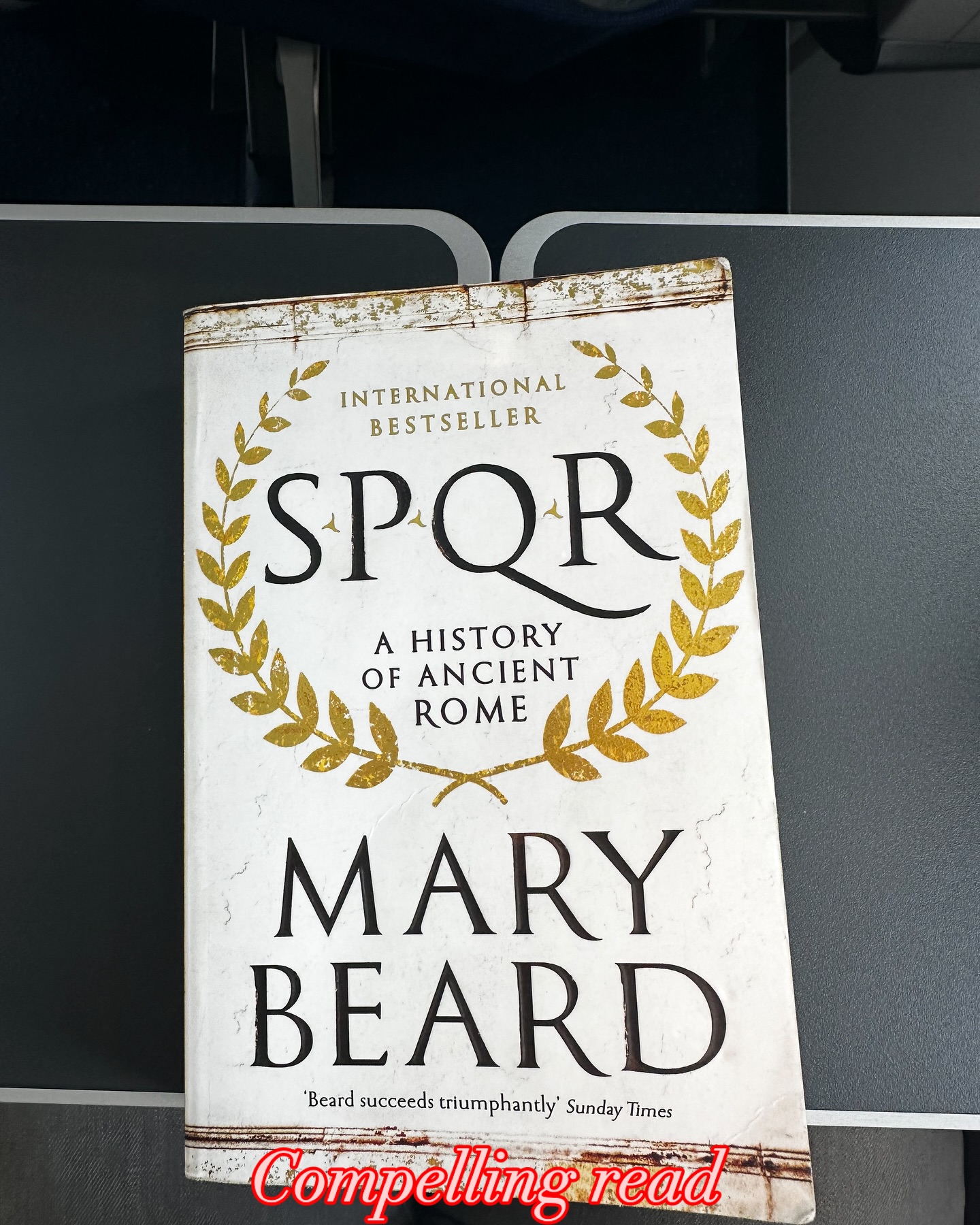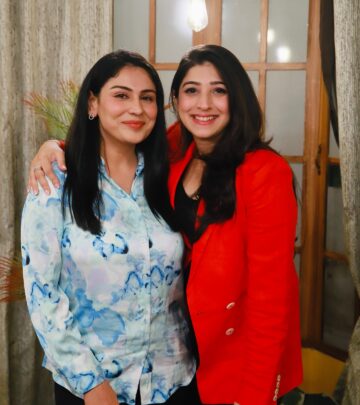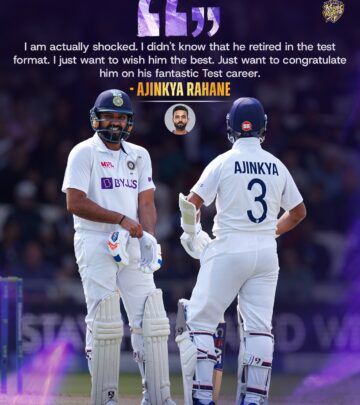Mary Beard’s SPQR Exposes Roman Empire Myths
A Revealing Journey Uncovering Power, Myth, and History That Tests Our Beliefs. Indeed!!!

Image: Instagram
Introduction
In a recent Instagram post that caught the eye of history enthusiasts and book lovers alike, renowned commentator Saba Karim shared her thoughts on Mary Beard’s acclaimed work, SPQR. The post opens with a resonant quote: “We do the Romans a disservice if we heroise them, as much as if we demonise them. But we do ourselves a disservice if we fail to take them seriously.” This encapsulates the core of Beard’s approach in the book – a balanced examination of Rome’s ascent that challenges both the comforting myths and the extreme narratives often surrounding one of history’s greatest empires.
Drawing on decades of scholarship, Beard dissects the intricate dance between power and myth that has defined Rome’s legacy. Saba Karim, known for her incisive commentary across sports, politics, and cultural events, now pivots to the realm of history, inviting her audience to rethink traditional portrayals of ancient Rome. With a striking image accompanying the post – a visual echo of the marble and grandeur of Rome – followers are given both a literary and aesthetic treat.
Exploring The Heart Of Spqr
At its core, SPQR is more than just a recounting of historical events; it is a dispassionate inquiry into the intricate mechanisms of empire. Mary Beard’s narrative peels back layers of glorification and vilification, urging readers to see Rome not merely as a mythic symbol, but as an embodiment of ambitions, power plays, and human frailties. According to the post, if we indulge in either extreme—heroising or demonising—the real lessons of history may be lost.
This balanced evaluation resonates with today’s audiences, many of whom are turning to historical texts to better understand modern socio-political dynamics. Saba Karim’s interpretation highlights this very point: that failing to take the Romans seriously, regardless of our preconceptions, does a disservice to our understanding of power and its implications. The book’s approach, as detailed in the post, invites a reassessment of established narratives, turning the spotlight on the raw will to power that lurked beneath Rome’s celebrated marble facades.
The Broad Appeal Of A Critical Lens
What makes this review particularly noteworthy is the way it challenges simplistic narratives. In a world where oversimplified accounts are all too common, both in historical discourse and in everyday social media commentary, Beard’s work—and by extension Karim’s presentation of it—urges readers to adopt a more nuanced view. Understanding Rome through this dual lens of myth and power not only enriches our grasp of history but also offers insights into the dynamics of our current era.
Saba Karim’s diverse background as a journalist further enriches this discussion. Not one to be pigeonholed, she has covered everything from major sporting events and film festivals to cultural critiques and literary reviews. Her ability to shift seamlessly between topics underscores why her take on Beard’s SPQR comes with both authority and an engaging narrative style. Karim’s Instagram account, which typically blends content from cricket podcasts to celebrity interviews, now serves as a platform for serious historical discourse, showcasing her versatility as a communicator. For those interested in this intersection of culture and history, her post (https://www.instagram.com/p/DJYube4IuwC/) offers a compelling invitation to explore further.
A Call For Balanced Perspectives
Beard’s message, as echoed by Karim, serves as a call for readers and scholars to abandon binary interpretations of powerful historical figures and events. The notion that oversimplifying the Romans by either idealising or vilifying them does nothing but obscure the complexities of their legacy is a timely reminder. This approach opens up space for a richer dialogue about how power is constructed, maintained, and ultimately deconstructed across eras.
In a society often divided by stark opinions and polarised narratives, SPQR encourages an intellectual modesty—an acknowledgment that history, much like our current realities, is seldom black and white. Karim’s articulation of this idea is clear: true understanding comes from recognising the multifaceted nature of human ambition and the inevitable contradictions that come with it. The book, as presented in her post, pushes us to take a more critical yet open-minded stance when assessing historical narratives.
Conclusion
In summation, Mary Beard’s SPQR is an invitation to reexamine the stories we tell about our past. Through her succinct and thought-provoking Instagram post, Saba Karim not only highlights the book’s core themes but also reflects her own dynamic range as a journalist who bridges cultural commentary with intellectual exploration. For readers, the message is clear: history demands our serious attention, free from the constraints of simplistic hero worship or demonisation. As we navigate an age of rapid information exchange, such balanced perspectives are more important than ever.
This review stands as a timely reminder of the power of critical inquiry and the value of revisiting established narratives with fresh eyes. By championing a nuanced approach to Rome’s legacy, both Mary Beard and Saba Karim present a lesson that extends far beyond the confines of history books.
Read full bio of Srijita De



















